XFE EV Fast Charge
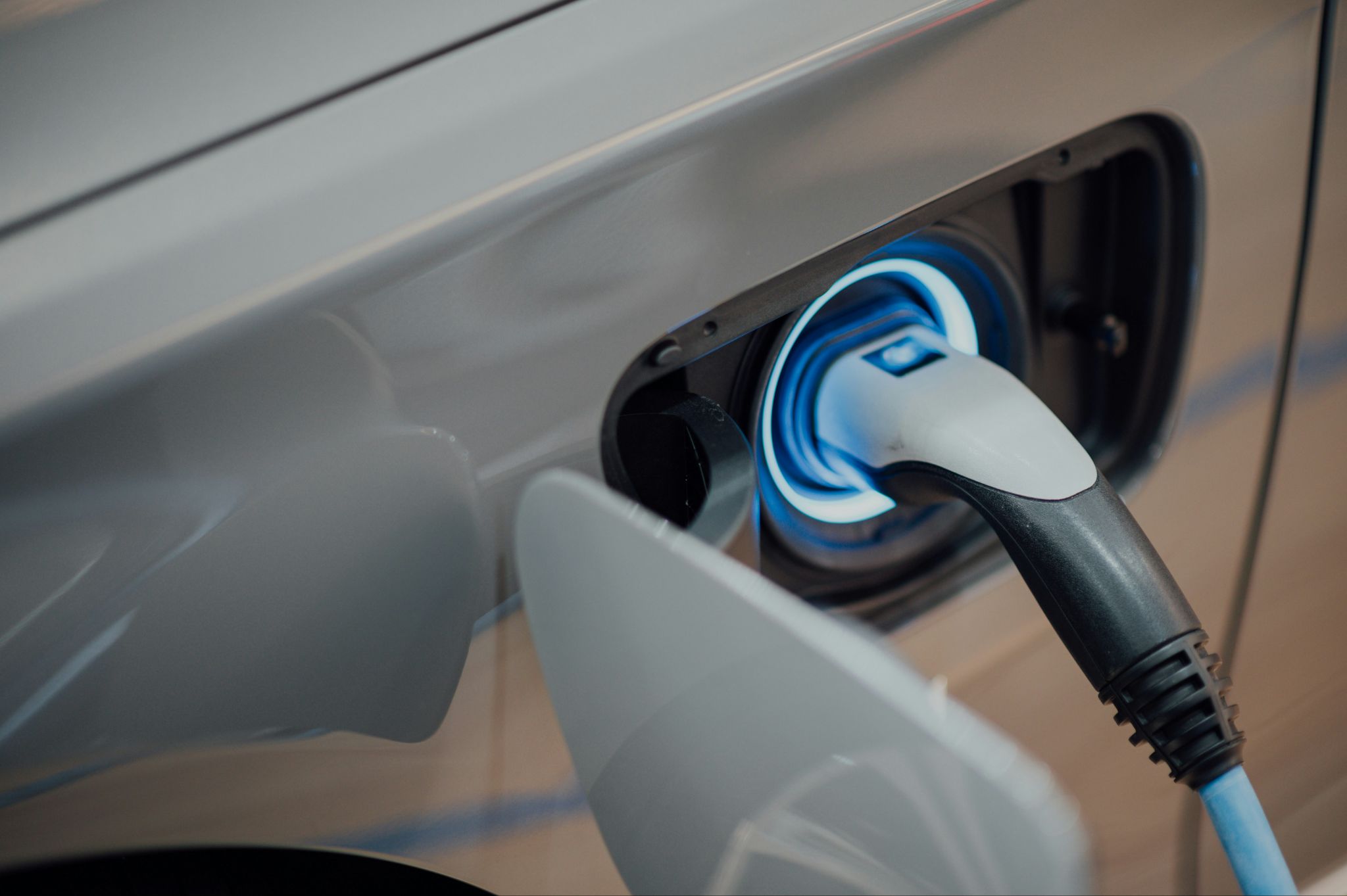
Preface
The shift to electric vehicles (EVs) adoption is inevitable and primed to accelerate as the global push for net-zero carbon emissions continues.
The rest are slower Level 2 chargers that offer a typical output of 7 - 19 kW and can only add miles on the go as needed, but a full charge would take hours.
Electric Vehicle Charging Infrastructure Market Driver:
Government Initiatives to Boost the EV Charging Infrastructure of the Country - The US government has been launching initiatives to promote the usage of electric vehicles (EVs) & develop the charging infrastructure. The government is implementing such measures to reduce its carbon footprint, promote the use of cleaner fuels, economic diversification, and reduce air pollution in the country.
The government has also been providing financial incentives to those purchasing EVs. These incentives have helped to boost the adoption of EVs in the country, which, in turn, has created more demand for charging infrastructure. These initiatives of the US government have widely promoted the revenue growth of the market in the US. In addition, the rising focus of the US government to boost FDI in the automotive manufacturing of EVs to enhance the supply of EVs in the country is expected to further boost the demand during the forecast period.
The Global EV Charging Infrastructure Market Size is Expected to Grow from $25.56B in 2022 to $221.9B by 2030 at a CAGR of ~31%
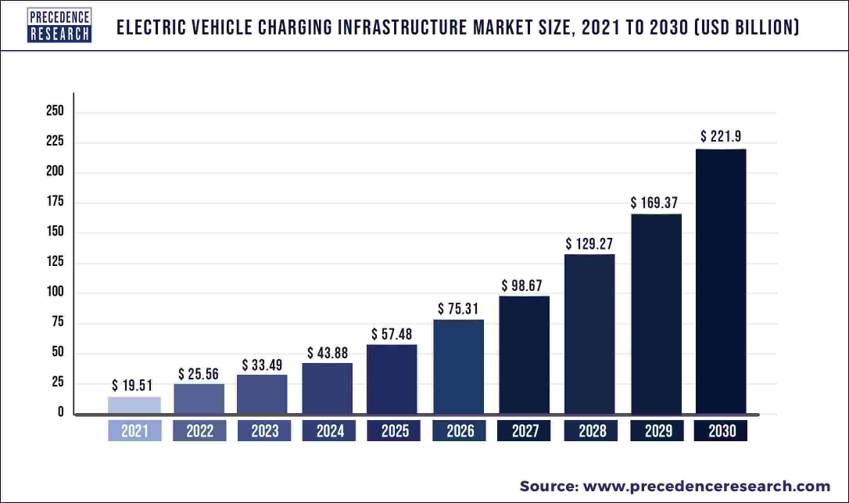
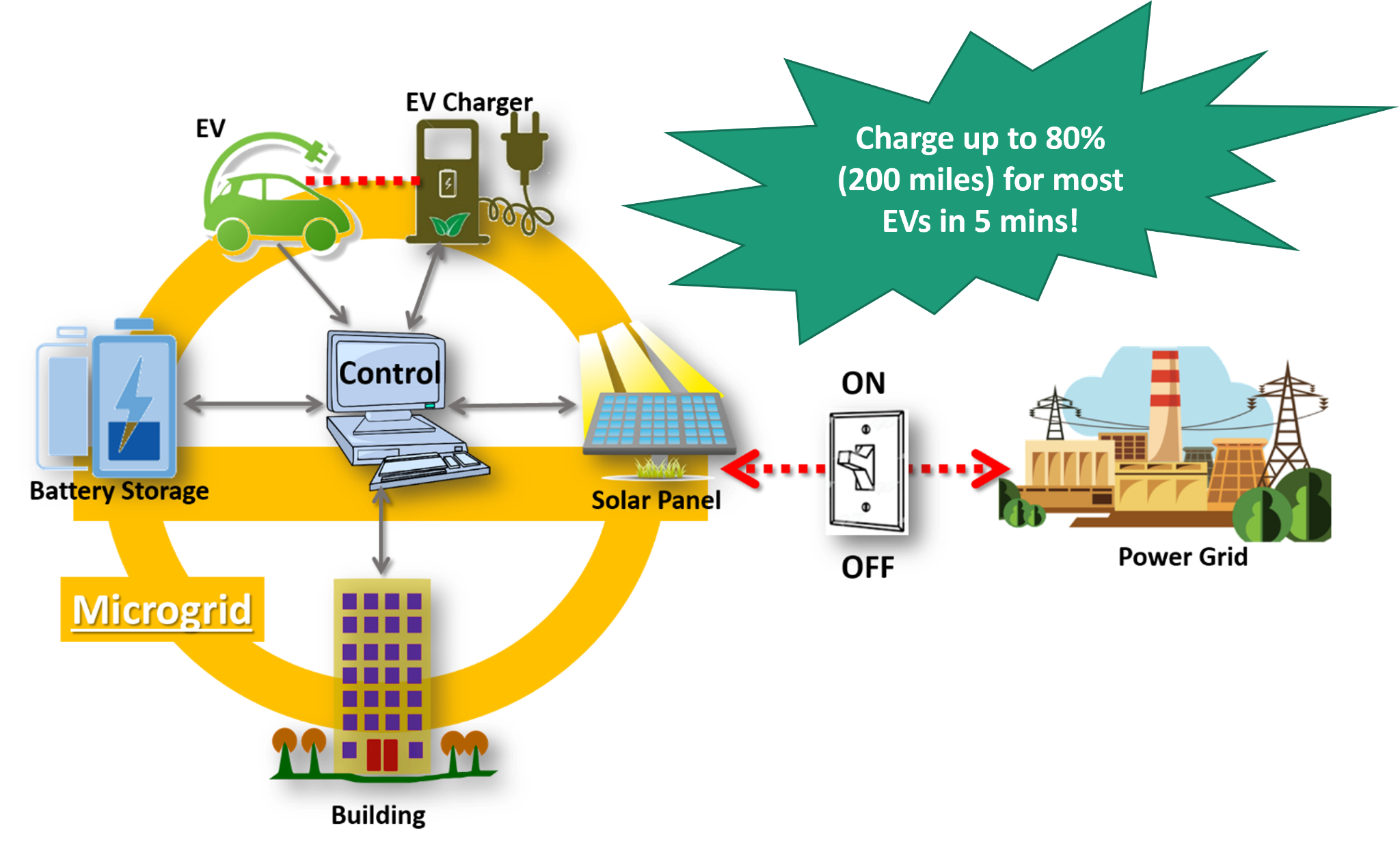
We aim to disrupt EV charging infrastructure market by developing and operating Extreme Fast Charge (XFC) EV charging stations based on Microgrid setup
XFC Perspective from National Renewable Energy Laboratory (NREL)

Source: : McCarthy, Michael. “California ZEV Policy Update.” SAE 2017 Government/Industry Meeting, Society of Automotive Engineers, 25 January 2017, Walter E. Washington Convention Center, Washington, DC. Conference Presentation.
Our State-of-the-Art XFC Platform + DC Microgrid Infrastructure
High Voltage (800V) High Current Charging Platform
Supports 400 – 1500V at 600A DC -> DC Output
Charging speed up to 600 kW
Liquid Cooling System instead of Air Cooling System
10 kWh per minute power output --> charges from 10 to 80% for most EV (70 kWh battery) or ~200 miles in 5 minutes!
Lower charging cost than competitors due to self generated solar power
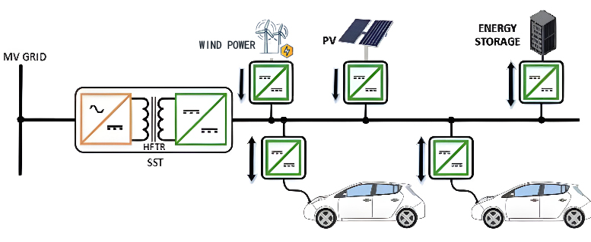
Competitive Advantage
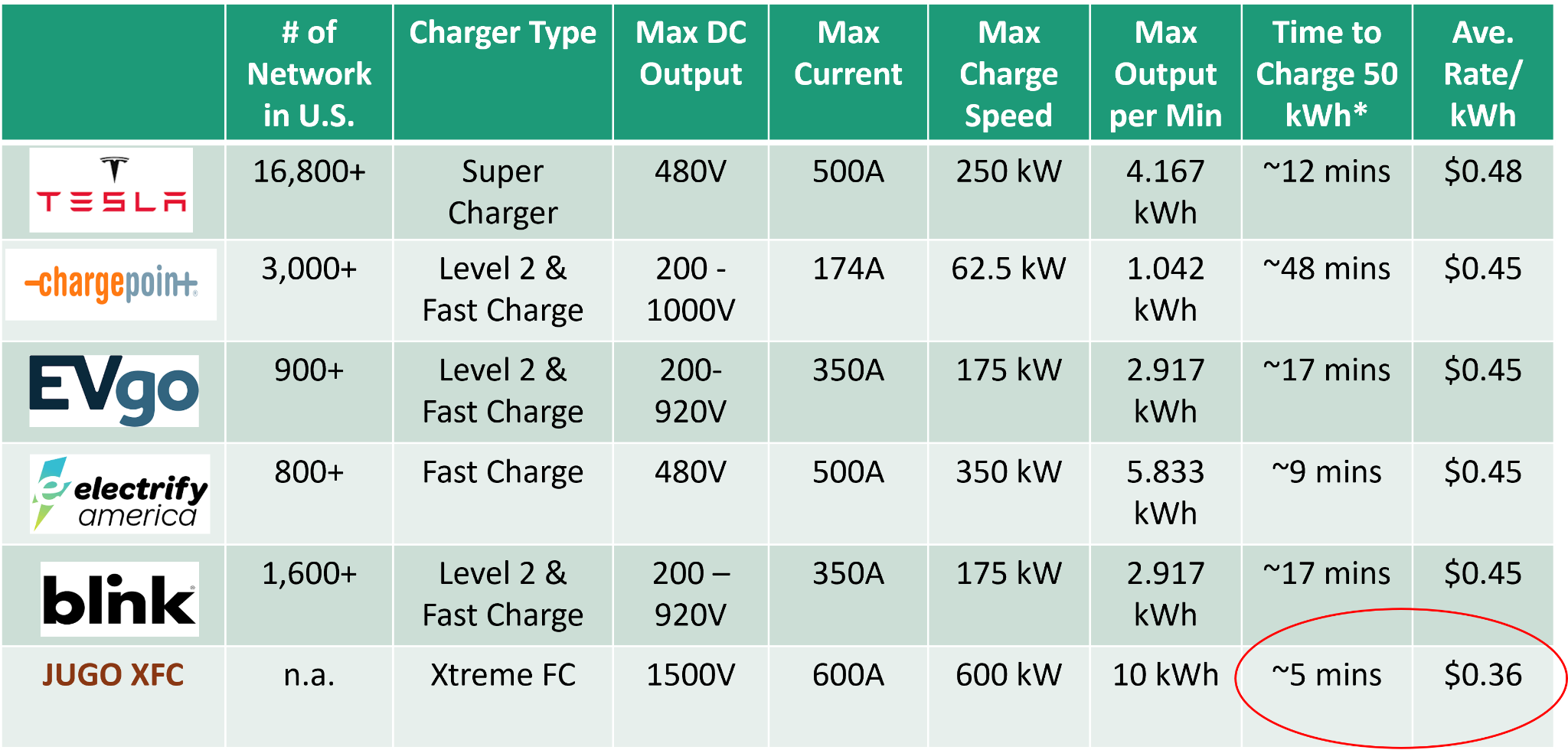
*50 kWh equates to about 150 – 200 miles
Source: Public Filings, Company Information, MyEV
Advantages of a Direct Current (DC) Microgrid
A DC Microgrid is a power distribution system consisting of more than one interconnected DC power source supplying DC-DC converter(s), DC load(s), and/or DC power by AC-DC rectifier(s).
Self-sufficient local energy system that serves a discrete geographic footprint.
Able to connect/disconnect from the grid to operate in grid-connected or island mode.
Intelligent Controller manages the generators, batteries and energy systems with a high degree of sophistication to achieve lowest prices, cleanest energy and greatest electric reliability.
Higher efficiency & minimal conversion Loss
The U.S. central grid is prone to outages due to its sheer size and long distance connectivity via > 5.7M miles of transmission and distribution lines.
Inefficient power distribution as 8% - 15% of electricity were dissipated in transit and DC -> AC -> DC.
Lower operating cost, fewer components and less real estate
Safer and more reliable
Reduced carbon footprint
Current State of Affairs
Other than cost, “Range Anxiety” is the #1 reason cited as barrier to EV adoption.
Existing EV’s Battery Architecture
Most EV supports maximum 400V architecture and maximum power input of 250 kW.
Porsche, Hyundai, Kia and most Chinese EV manufacturers have advanced to minimum 800V architecture.
High voltage architecture shall be the new Norm for future EVs
Huge underserved market and tremendous opportunity to plug the gap NOW!
Technical Team
John S - CTO
Mr. John S is one of the few entrepreneurs and specialist in industrial electrical automation in China with numerous invention patents in the cutting-edge equipment and energy fields (biomass power generation, photovoltaic and solar thermal power generation). Mr. S is also adept at commercializing a large number of his own patented products into industrial production. With his professional knowledge, John established Hong Kong Boone Group Ltd. in 1999 as supplier of electrical and industrial equipment to major Chinese State-owned Enterprises such as Sino Petrochemical Co. Ltd, China Offshore Oil Co Ltd, China High-tech Railway Co Ltd and etc.
Mr. S is the author of the book "Basic Knowledge and Applications of Solar Power Generation" in 2015 and has been highly praised by readers. The book has played a key role in the promotion and popularization of solar power applications in China. He is also a distinguished Associate Professor of China Industrial Products Marketing Research Institute, where he regularly conducts courses and provides marketing consulting services to Chinese enterprises. In November 2009, Mr. S was the marketing consultant for the Shanghai based Pechoin brand and oversaw Pechoin's 20-folds revenue growth from more 500M RMB in 2009 to over 15B RMB in 2015. Mr. S, now resides in the U.S., is actively researching DC microgrid technology to be first applied to EV Extreme Fast Charging (XFC) systems. He holds a Bachelor’s degree from Guangdong University of Technology and a Master Degree and PhD from the Chinese Academy of Science, specializing in Industrial Electrical Automation.
Dr. A Q. H – Technical Consultant
Dr. H is currently the Dula D. Cockrell Centennial Chair of Engineering at University of Te.. – .... Dr. H has previously worked as a professor at Virginia Tech (1994 – 2004) and NC State University (2004 – 2017). At NCSU, Dr. H established the NSF ERC on the Future Renewable Electric Energy Delivery and Management (FREEDM) System in 2008. As part of the FREEDM concept, he developed the original concept of Energy Internet with the Solid-State Transformer serving as Energy Router . Dr. H’s research areas are power semiconductor devices, power management integrated circuits, power electronics, and its emerging applications such as those in future electric power delivery and management systems. Under his leadership, the PowerAmerica Institute was established in 2014 to spearhead the development of Wide Bandgap (WBG) power electronics technology. Dr. H has published more than 550 papers in journals and conference proceedings, holds 22 US patents, and is the inventor and developer of the ETO thyristor technology. Dr. H is a fellow of IEEE and the recipient of the prestigious 2003 R&D 100 award and 2011 MIT Technology Magazine awards.
